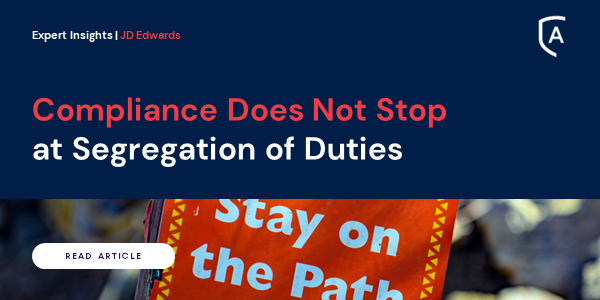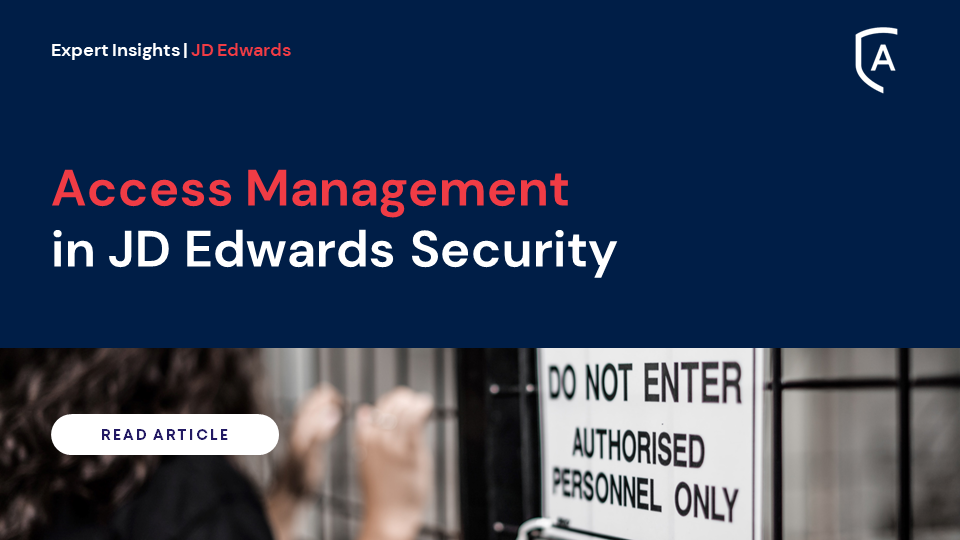Compliance efforts as they relate to security are often thought to end once Segregation of Duties has been achieved. In reality, that is just the beginning. Really achieving compliance in system security includes managing access to confidential or critical information, ensuring only appropriate access is in place for all users, that changes are authorized and so much more.
It is important to ensure that you create a deliberate information security related Compliance Management Framework that considers all regulations that your organization is required to comply with. That framework needs to include elements that are preventative, detective and responsive in nature. The responsive components are often forgotten and can lead unnecessary “emergencies” in relation to dealing with findings and lost opportunities in continuing to improve your compliance processes.
With the everchanging nature of our business as well as the current regulations and guidelines, it is important to remember to continue to circle back and reevaluate your Compliance Management Framework. Ensure that have regular steps in place to review both regulation changes and changes of organizational risk.
Having the information needed for compliance at your fingertips can save significant time and allow for additional value added tasks. If you would like more information on how ALLOut Security can support your Compliance Efforts, contact us for a look at how our tools can help you get your arms around the supporting information needed for HIPPA, SOX, JSOX and GDPR Compliance among others.








